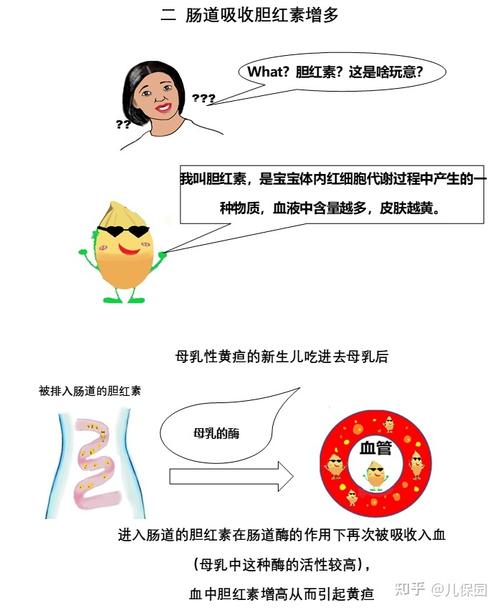新生儿黄疸退去的征兆
Certainly! Here's a structured work plan focusing on the topic "Symptoms of Breastfeeding Jaundice":
Work Plan: Symptoms of Breastfeeding Jaundice
1. Objective:
To identify and document the symptoms associated with breastfeeding jaundice in newborns.
2. Required Resources:
Personnel:
Pediatricians specializing in neonatology
Nurses trained in newborn care
Materials:

Medical journals and research papers on jaundice in breastfeeding infants
Clinical assessment tools for jaundice detection
Equipment:
Bilirubin level testing devices
Computers for data analysis and documentation
3. Risk Assessment:
Clinical Misdiagnosis:
Risk: Symptoms of breastfeeding jaundice may be mistaken for physiological jaundice.
Mitigation: Conduct regular training sessions for healthcare providers on distinguishing between different types of neonatal jaundice.
Data Accuracy:
Risk: Inaccurate data collection may lead to unreliable findings.
Mitigation: Implement strict protocols for data recording and ensure regular calibration of testing equipment.
Patient Compliance:
Risk: Difficulty in obtaining consistent parental cooperation for followup assessments.
Mitigation: Develop educational materials for parents about the importance of monitoring and early intervention for jaundice symptoms.
4. Followup and Evaluation:
Followup Procedures:
Schedule regular followup appointments for infants showing initial symptoms of breastfeeding jaundice.
Conduct bilirubin level tests to monitor progression or regression of jaundice.
Evaluation Criteria:
Assess effectiveness of intervention strategies in managing breastfeeding jaundice.
Measure improvement in infant health outcomes postintervention.
Review documentation for completeness and accuracy in symptom identification.
This work plan aims to provide a structured approach to understanding and managing the symptoms of breastfeeding jaundice in newborns, emphasizing the importance of accurate diagnosis, timely intervention, and continuous monitoring.






![数据分析报告精选[]](https://www.100di.net/zb_users/upload/2024/12/20241218230630173453439092029.jpg)




